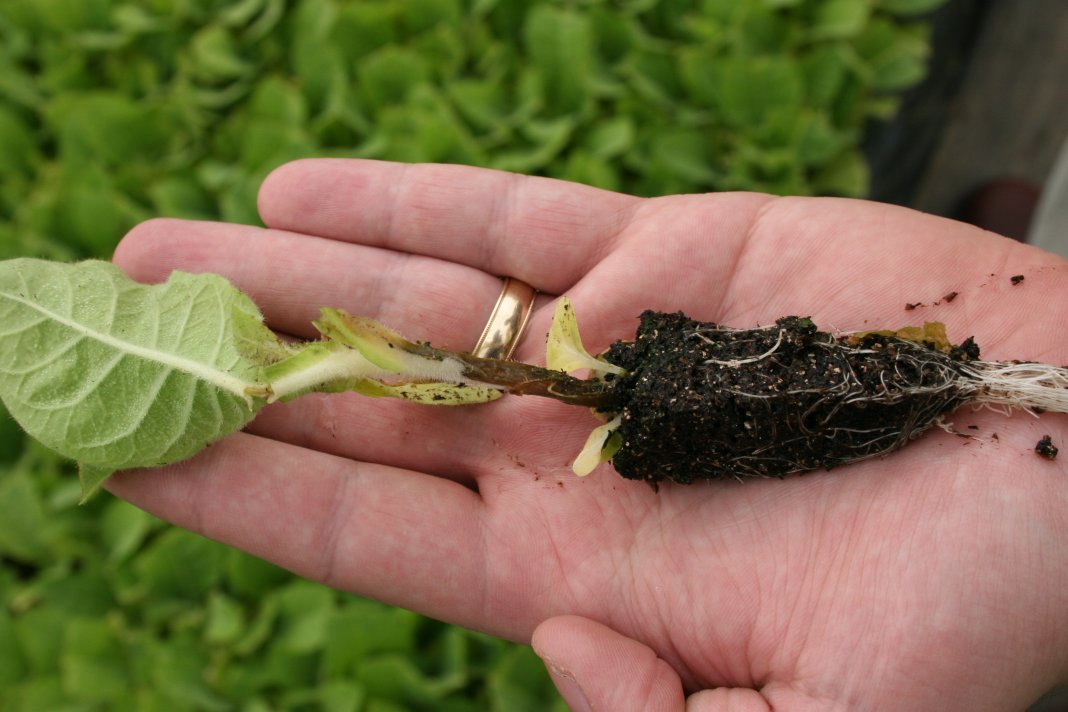
One of the dangerous diseases of cabbage is the black leg, it can destroy most of the seedlings. In order to prevent mass infection, you need to follow the prevention and know how to deal with the disease. The causative agent of the disease is a fungus, its spores are in the ground and can winter there.
When plants are planted, the fungus affects the root zone and the stem of the plant, as a result of seedlings it becomes thin, the stem breaks and it dies.
Content
Causes
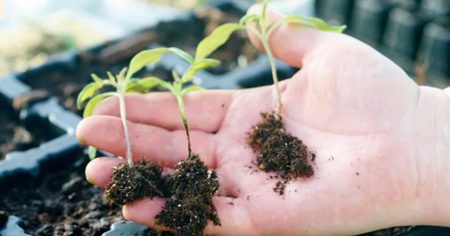
Under favorable conditions, fungal spores multiply very quickly. There are many factors that contribute to the active spread of infection, namely:
- ignoring crop rotation rules;
- increased soil moisture;
- rainy summer;
- increased pH in the soil;
- oversaturation with nitrogen fertilizers;
- small distance between the bushes;
- dry, airtight soil;
Lack of coverage and damage to the roots or the surface of plants can also contribute to the spread of the disease.
Symptoms
The disease affects seedlings at different stages of development. Seedlings and seeds at the germination stage, as well as already grown plants when planting in infected soil, can suffer from the black leg. In the first case, there is almost no chance to save the seedlings. The root part of young plants has a watery structure, after some time, it begins to rot, weak sprouts bend to the ground and die.
As for the cabbage planted in the infected soil, the root of the neck is thinning and blackening. As a result, the leg begins to dry out, this threatens the lag of seedlings in development. Often cabbages even form cabbage, but they will rot. If cabbage is already affected at the last stage of the growing season, tarnishing and lethargy of the foliage, and the appearance of mushroom sclerotia are noted.
Prevention
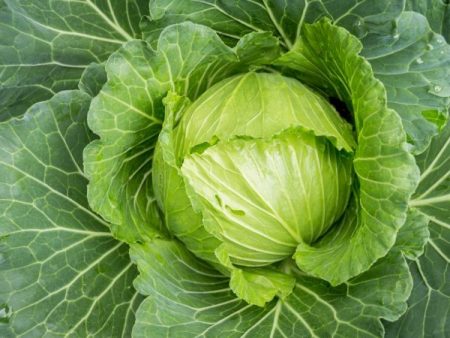
Preventing the appearance of a black leg is much easier than treating it later. For planting, you can choose resistant varieties to this disease, for example, "Cossack". Subjected to a black leg are such varieties as:
- Glory;
- Number one;
- Belorussian 455;
- Amager 611;
- Moscow late;
Containers for growing seedlings must undergo disinfection.
Seed preparation
Sowing material must be processed before laying in the soil, since pathogens can winter in it. “Planriz” has proven itself perfectly, seeds are treated with a 1% solution a day before planting. Some gardeners soak the seeds for 2 hours in a solution of Fitosporin-M, the drug is dissolved in water at the rate of 4 drops per 200 ml of water. You can also disinfect seeds with:
- Barrier
- Bactofita;
- Pseudobacterin;
- Fitoflavin-300;
After processing, the seed is heated in hot water at a temperature of +50 degrees. This procedure will protect seeds and sprouts.
The soil
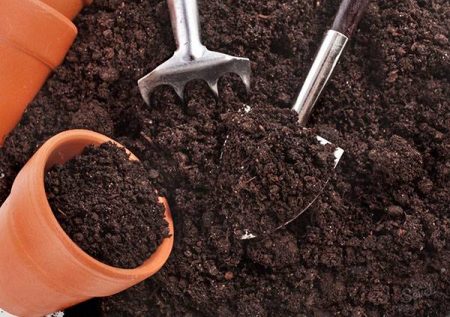
Since the spores of the fungus can be in the soil, it must be decontaminated before sowing. Do this about two weeks before landing. There are several ways to destroy the pathogenic flora in the soil:
- Steaming in a water bath.
- Annealing in an oven at a temperature of 100 degrees for 30-40 minutes.
- Pouring boiling water or a hot solution of potassium permanganate.
The soil in the garden or in the greenhouse can be decontaminated with colloidal sulfur, 5 grams of substance will be enough for 1 square meter. Some use wood ash (100 g per 1 m2), it regulates the acidity of the soil and protects the cabbage from the appearance of a black leg. You can also water the soil with a 1% solution of Bordeaux fluid, manganese or copper sulfate. In addition to improvised means, there are special preparations for combating harmful bacteria and fungi. The most popular of these are Trichodermin and Barrier.
Treatment
The fight against the disease should be radical, the affected seedlings are destroyed, the soil is removed from the wells and disinfected with a solution of potassium permanganate or copper sulfate. In order to destroy the remaining spores of the fungus in the soil and prevent infection of the remaining seedlings, special means are used:
Fitosporin-M
Preparation and use:
Six grams of powder is dissolved in a bucket of water at room temperature, insist 1-2 hours, stirring occasionally. The resulting liquid is sprayed on the ground part of the plants in the morning or evening.
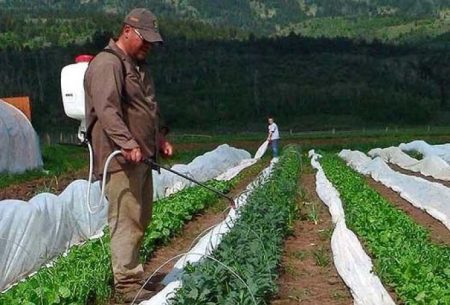
Previkur Energy
25 ml of the concentrated substance is diluted in 10 liters of settled water. The solution is processed leaves of young plants. Processing is carried out 3-4 times depending on the degree of damage.
Also, seedlings can be poured with a 0.5% solution of manganese, soda or 1% Bordeaux liquid.
The grown seedlings are subject to treatment, it can not be destroyed. However, such cabbage is not suitable for storage. At the first symptoms, the bushes are watered with potassium permanganate and sprinkled with wood ash. Some gardeners recommend burying the Gliocardin tablet under the root.
The most effective drugs to combat the disease are those that include mancozeb or copper oxychloride.
What to do if the cabbage has been re-infected
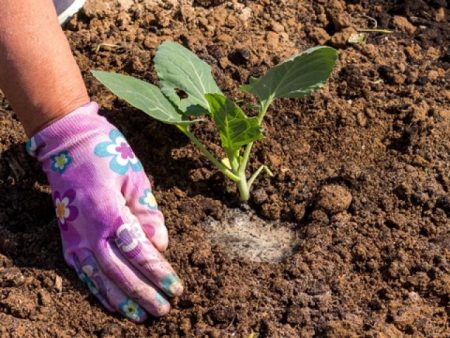
With the re-development of the disease, plants can be helped with the following measures:
- at a depth of 1 cm, add a tablet of gliclazide;
- regularly loosen the soil and spud the bushes;
- water the root with a weak solution of manganese;
- crush the soil with ash;
- treat the plants with Trichodermin solution, prepare it from 100 ml of substance and 10 liters of settled water, the treatment is carried out in cloudy, cool weather, with a large area of infection, the treatment is carried out at least 5 times;
Trichodermin is not toxic, it does not accumulate in the plant.
Useful Tips
- In the initial stages, folk remedies can be used, for example, onion husk infusion.
- The soil for cabbage should be loose, moisture-resistant and pass air well.
- Do not thicken planting, this contributes to the development of the disease.
- Seedlings that are sick before planting, when transferred to a permanent place, are planted so that the darkened part is underground.
- Plants in contact with the source of infection are difficult to treat, the most effective drug in this case is Bactofit.
- Compliance with agricultural technology is the best way to prevent diseases and pests.
Conclusion
The black leg disease, which can destroy seedlings in the early stages of development, is not so dangerous for mature plants. In order to protect cabbage from adversity, it is necessary to follow agricultural practices and carefully disinfect containers, soil and seed.

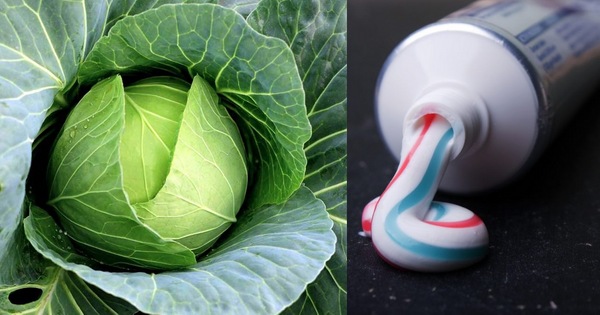
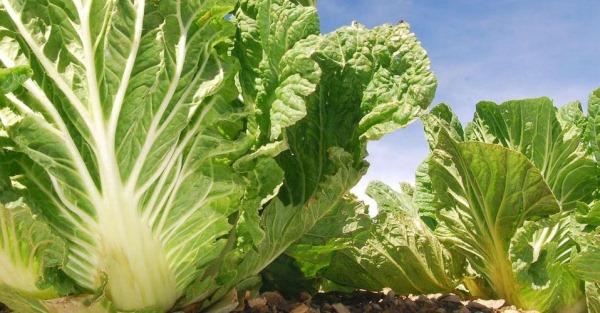
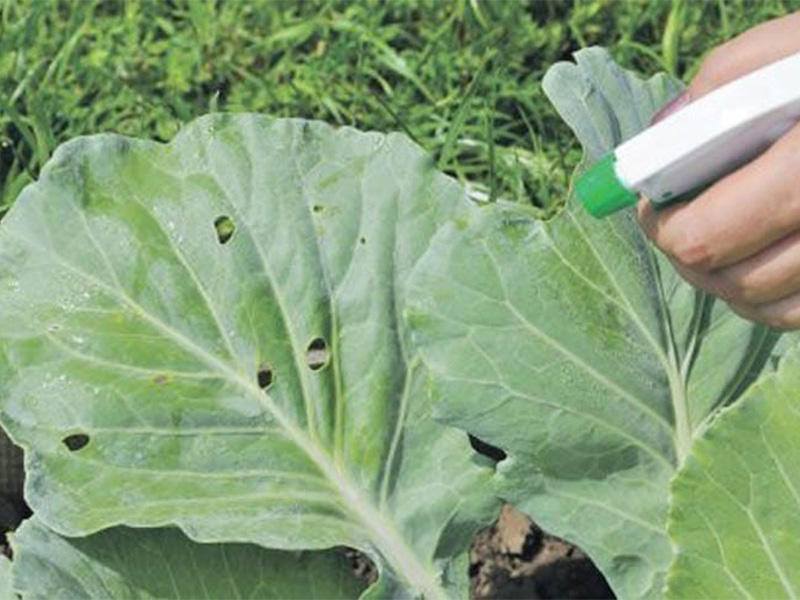
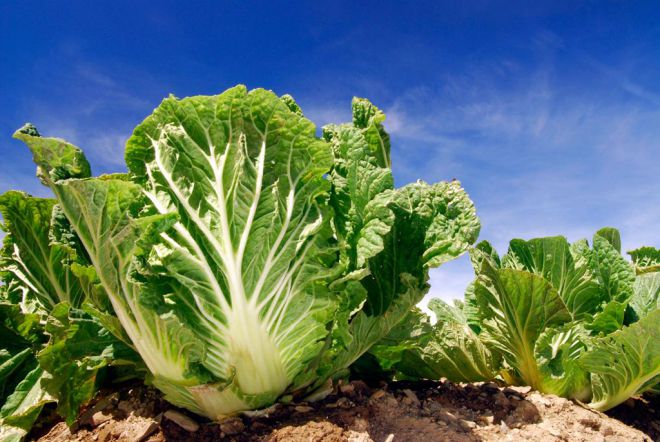 How to grow Chinese cabbage on your site?
How to grow Chinese cabbage on your site?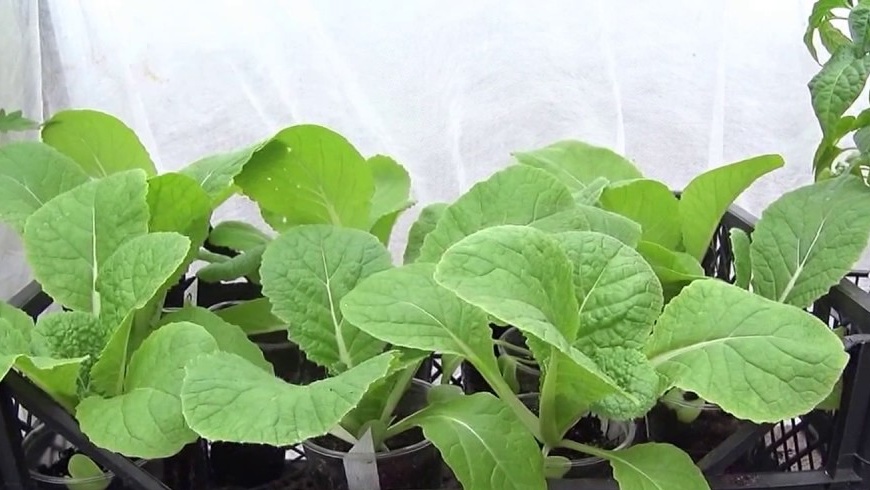 When to plant Chinese cabbage on seedlings in 2024
When to plant Chinese cabbage on seedlings in 2024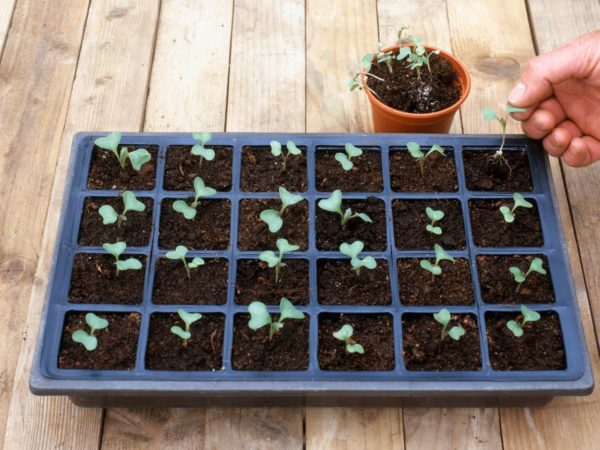 When to sow cabbage for seedlings in 2019 on the moon
When to sow cabbage for seedlings in 2019 on the moon Cauliflower: how to grow large snow-white inflorescences
Cauliflower: how to grow large snow-white inflorescences